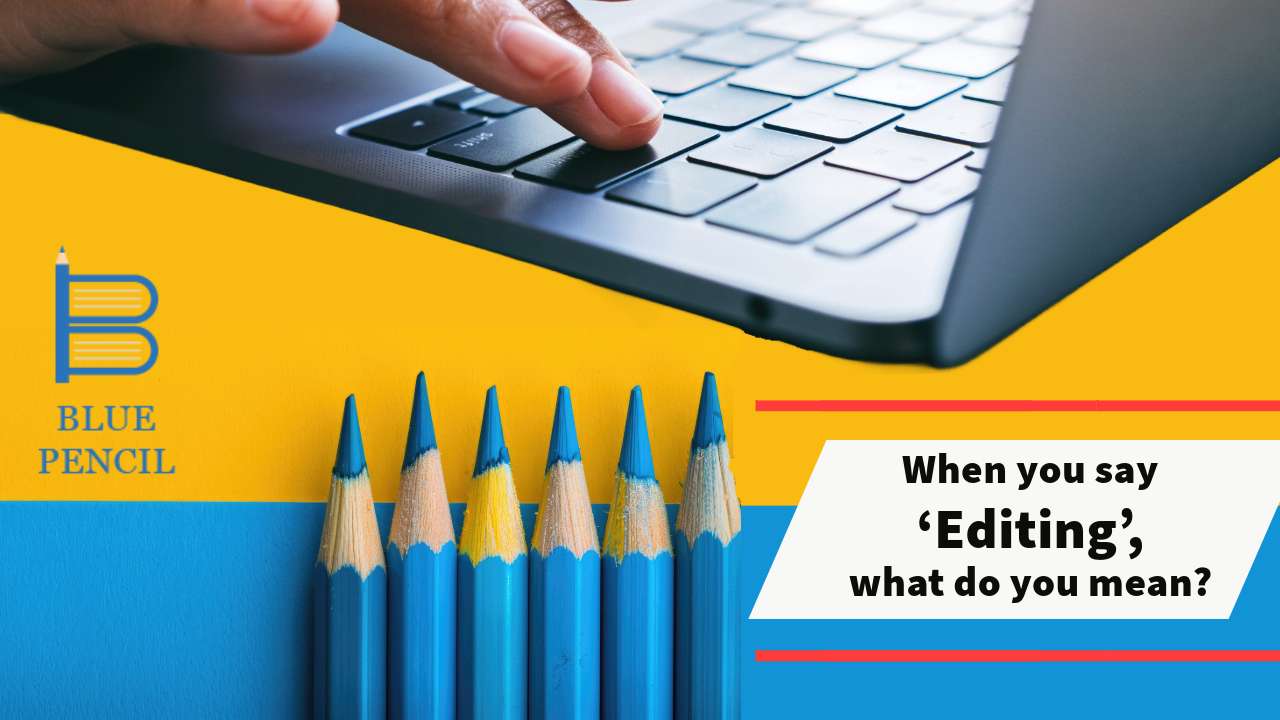By Anuradha Warrier
You have just completed your manuscript and you know you need the services of an editor. But, what sort of editing do you need? Editing terminology can be quite bewildering to a layperson. What’s more, these terms are used differently even within the industry and that adds a whole other layer of confusion.
Let’s try and break this down.
Comprehensive / Developmental editing
Comprehensive editing takes into consideration the author’s ‘voice’, pacing, characterisation, plot, sub-plot, consistency in the narrative, verb-tense agreement, dialogue, etc. We check for plot holes, weak links, pacing, etc., rearrange paragraphs to suit the flow of the narrative, and may even rewrite the text.
Substantive editing
Substantive editing is often confused for developmental editing and/or line editing. While the difference is minor, substantive editing considers the narrative flow, organization of chapters, sub-sections, paragraphs and even sentences.
Line editing
Once the major work of editing is done, a line editor will go through a manuscript line by line, sentence by sentence, paragraph by paragraph. The main focus here is on word choice, syntax and meaning. This is when they will suggest rewriting/reorganising the sentences to improve your prose and the style of the manuscript.
Copy editing
Usually, this is what people mean when they think of ‘editing’. Copy editing involves cross-checking references, checking for consistency and accuracy, correcting spelling, grammar and punctuation. A copy editor may revise the text and/or add comments for authors to do so.
Proofreading
Most laypersons make the mistake of confusing proofreading for copy editing. Proofreading is the final checkpoint before publication. A proofreader looks for typographical errors, consistency in typesetting and fonts, etc.
Finally, how much does all this cost?
Blue Pencil sets its rates according to accepted industry standards – whether that rate is for an entire project, per page, per word or on an hourly basis. The cost also depends on a variety of factors such as the genre of the text, the subject matter, the expertise required for editing, and the deadline for the assignment, amongst other things.
At Blue Pencil, we work with authors all the time. Whether we publish your book or you choose to do it on your own, we guarantee that our efforts will enable you to put forward the best possible version of your work.
Check out our Editing Services
More to read on Blue Pencil
The Power of a Good Book Cover Design
Why Hiring a Professional Editor Frees You Up








